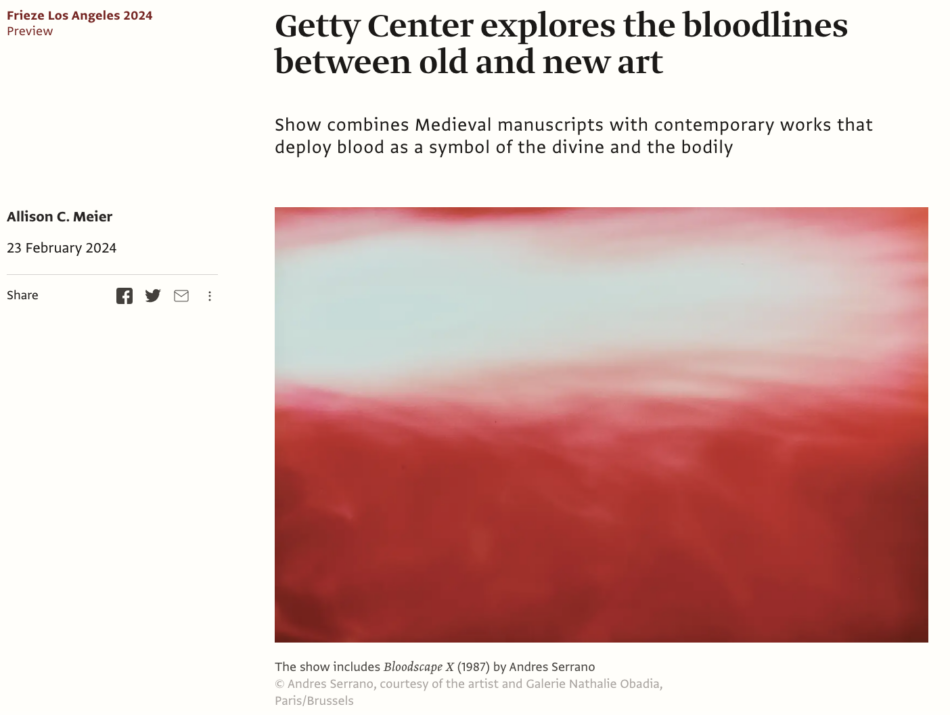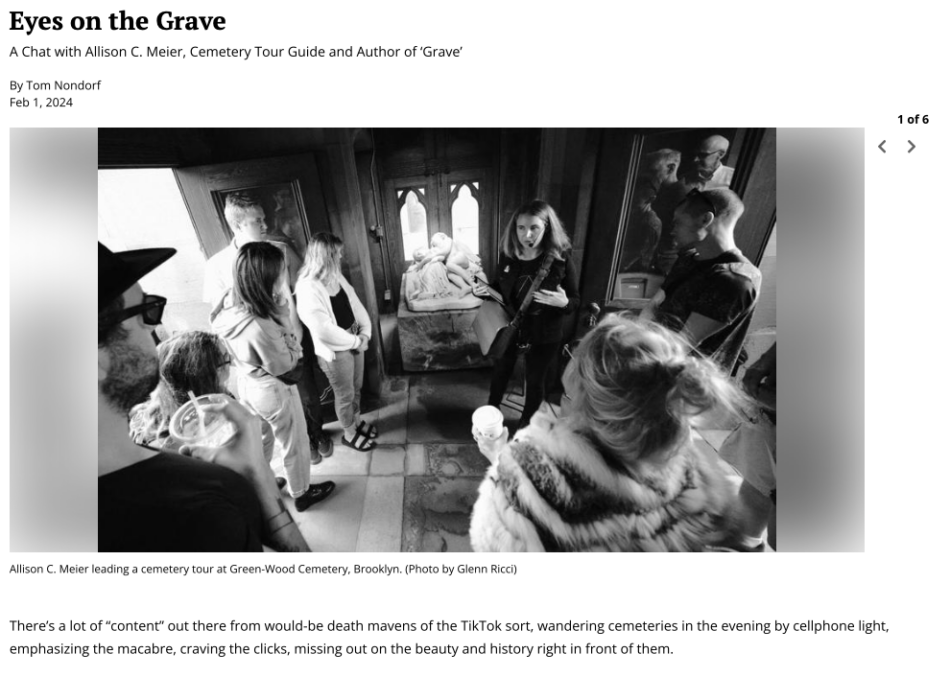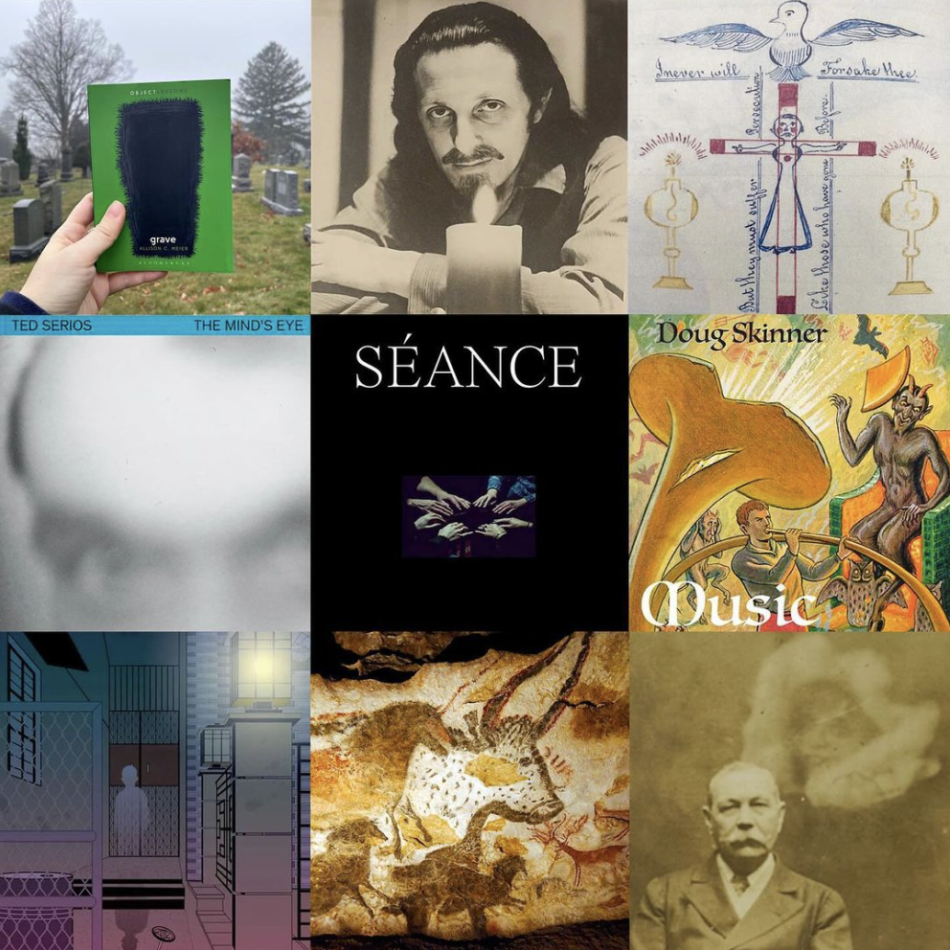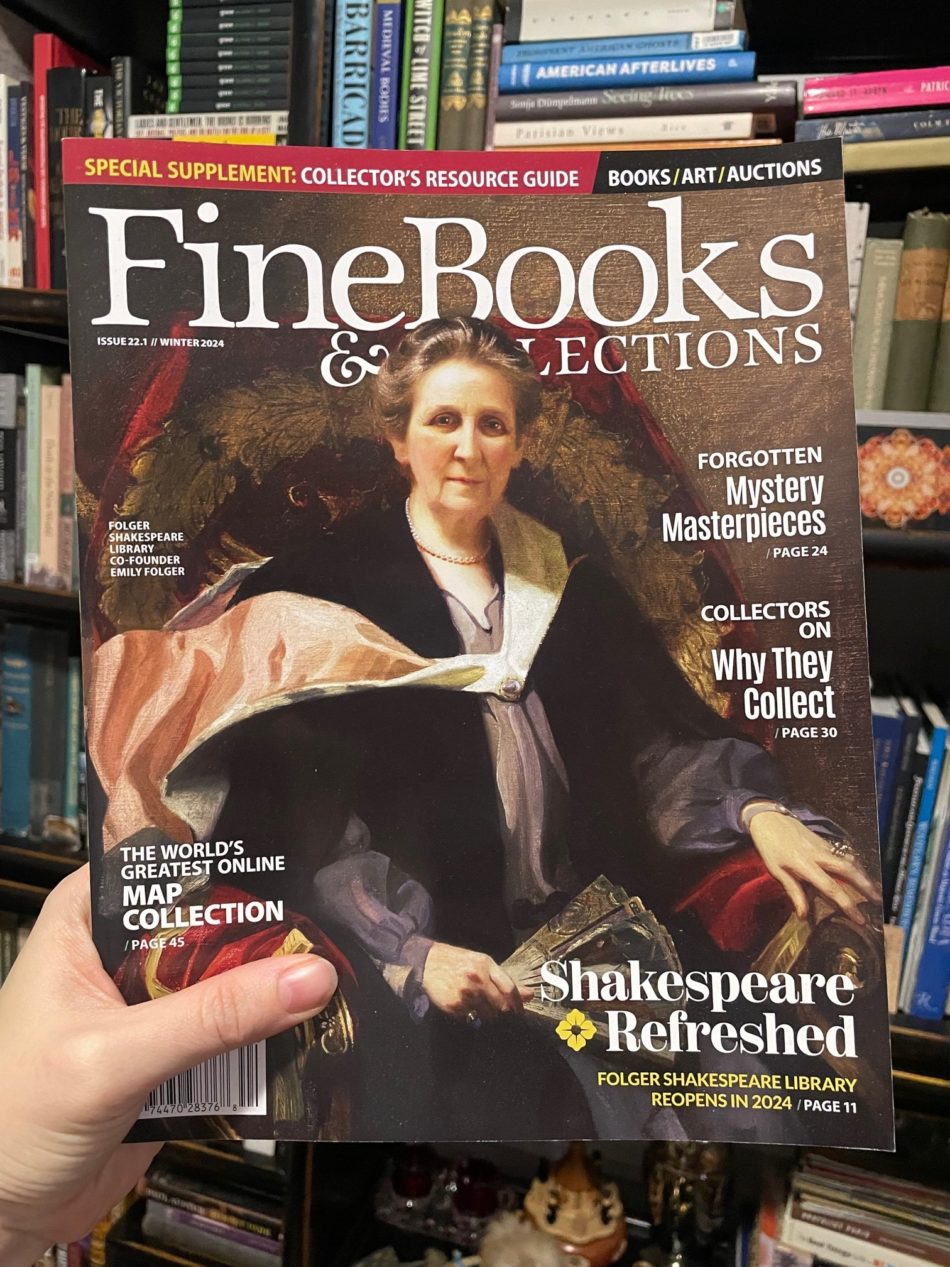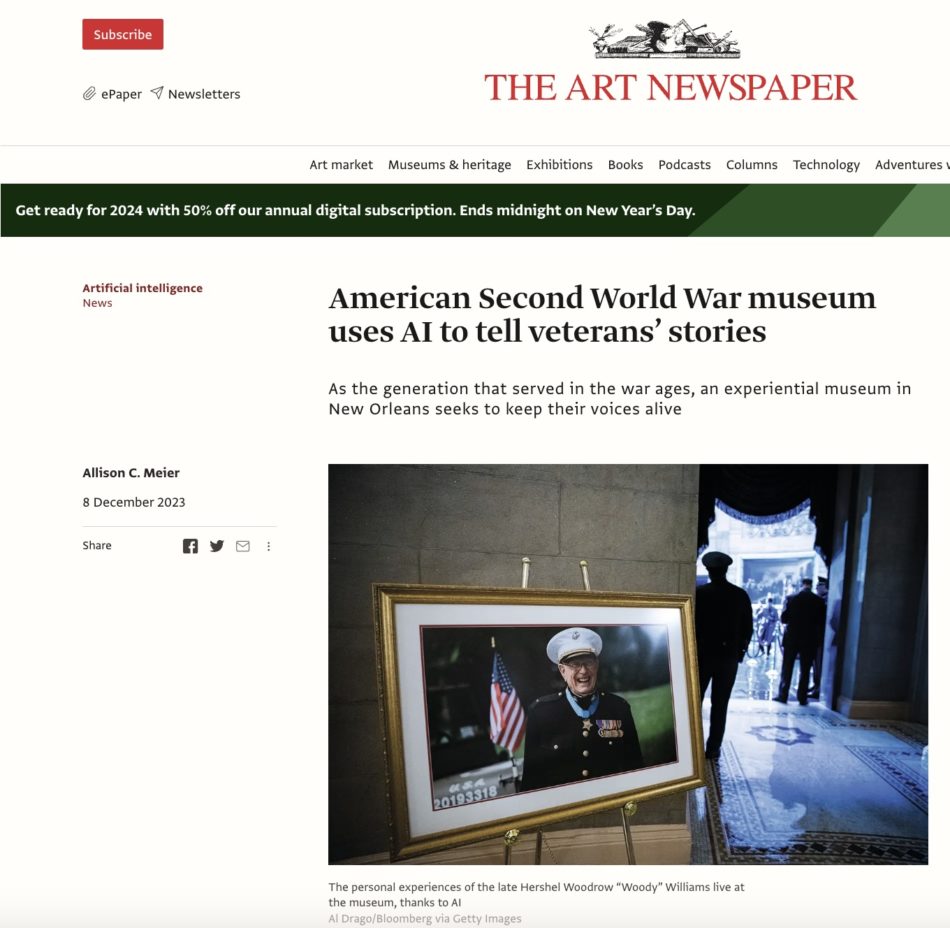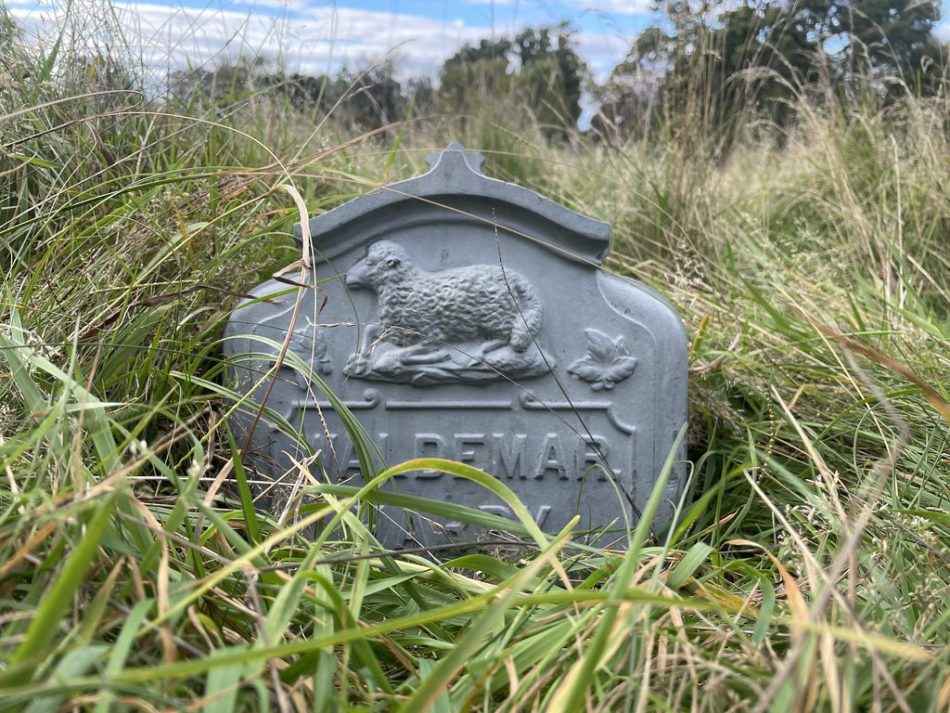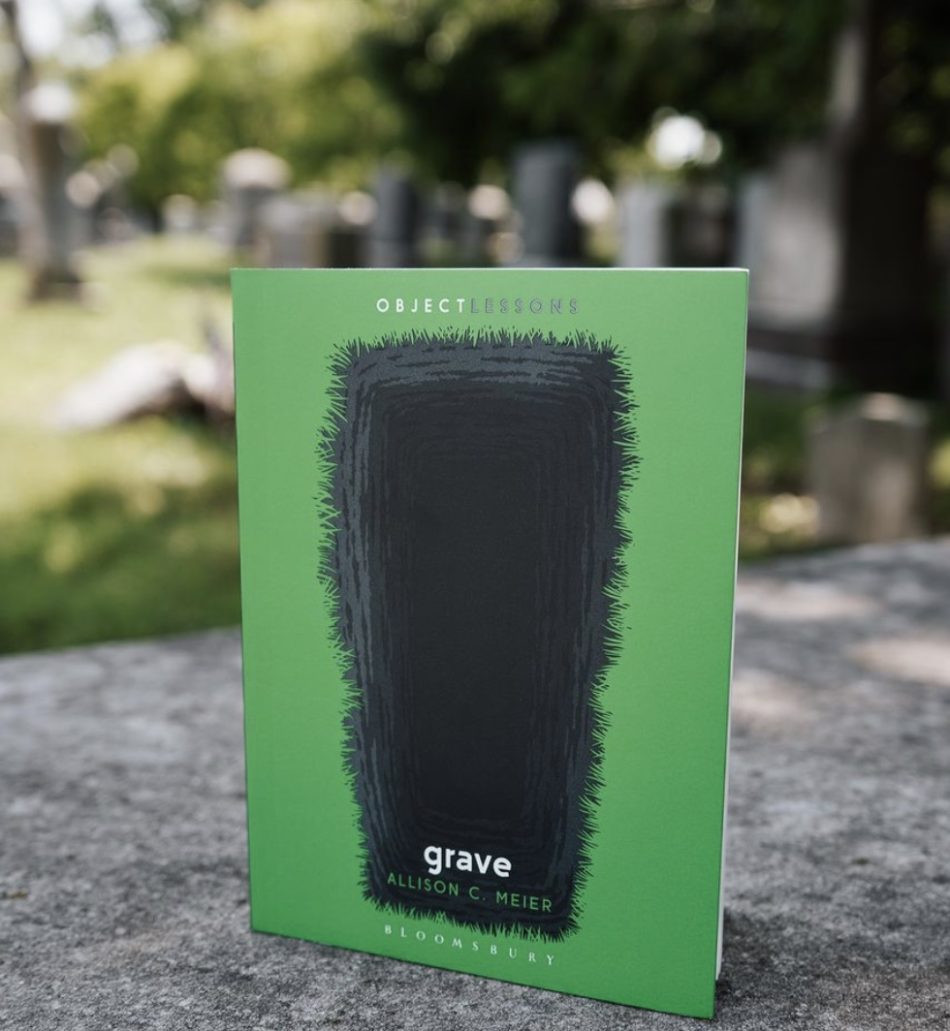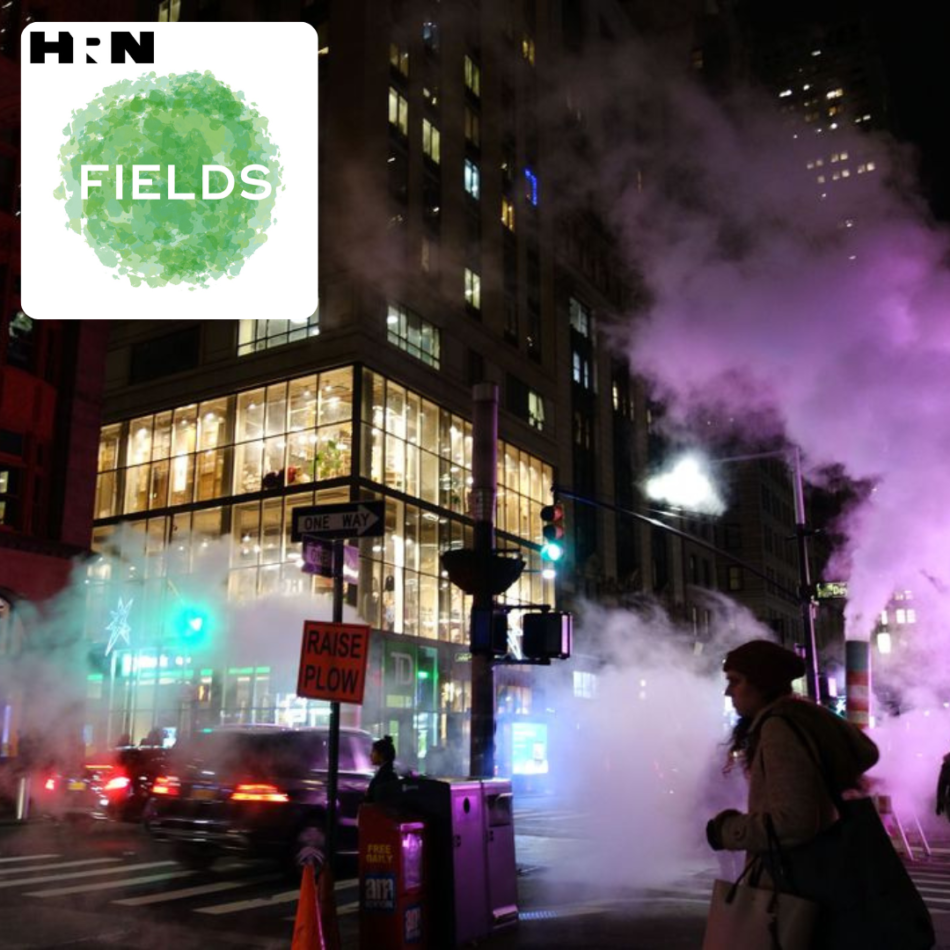
I collaborated with my friend Bronwyn Hazelwood on a brand new zine: Manhole Covers: The World Underfoot! It brings together my photos and writing about manhole covers I’ve seen around the world with Bronwyn’s illustrations, all to celebrate the humble art of utilitarian design. You can pick up a copy here!
